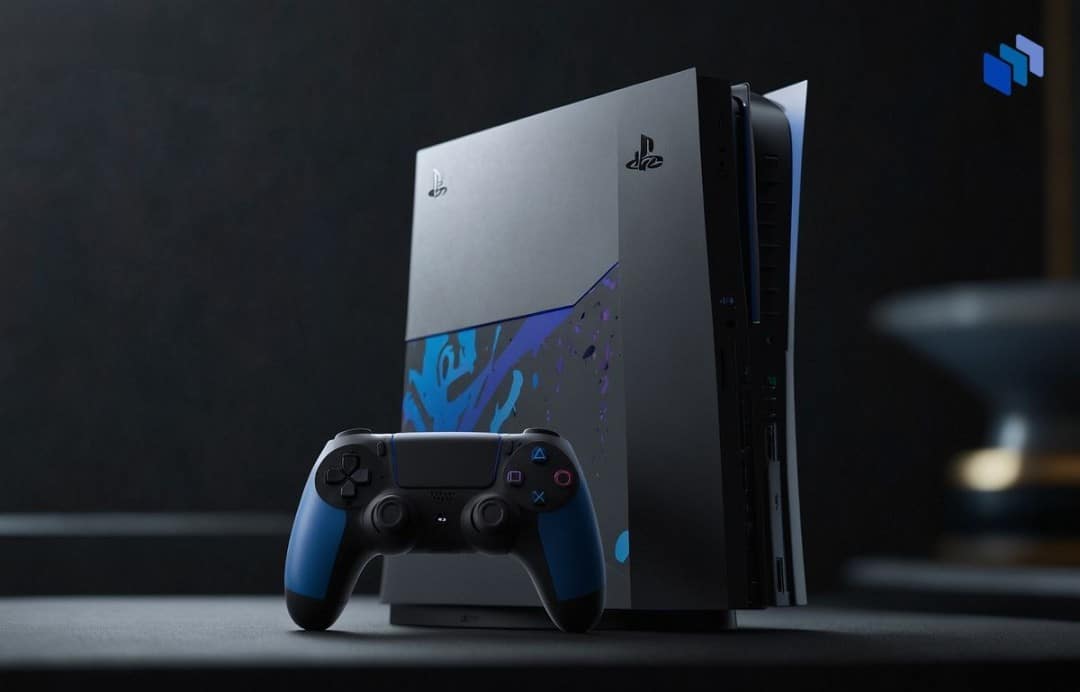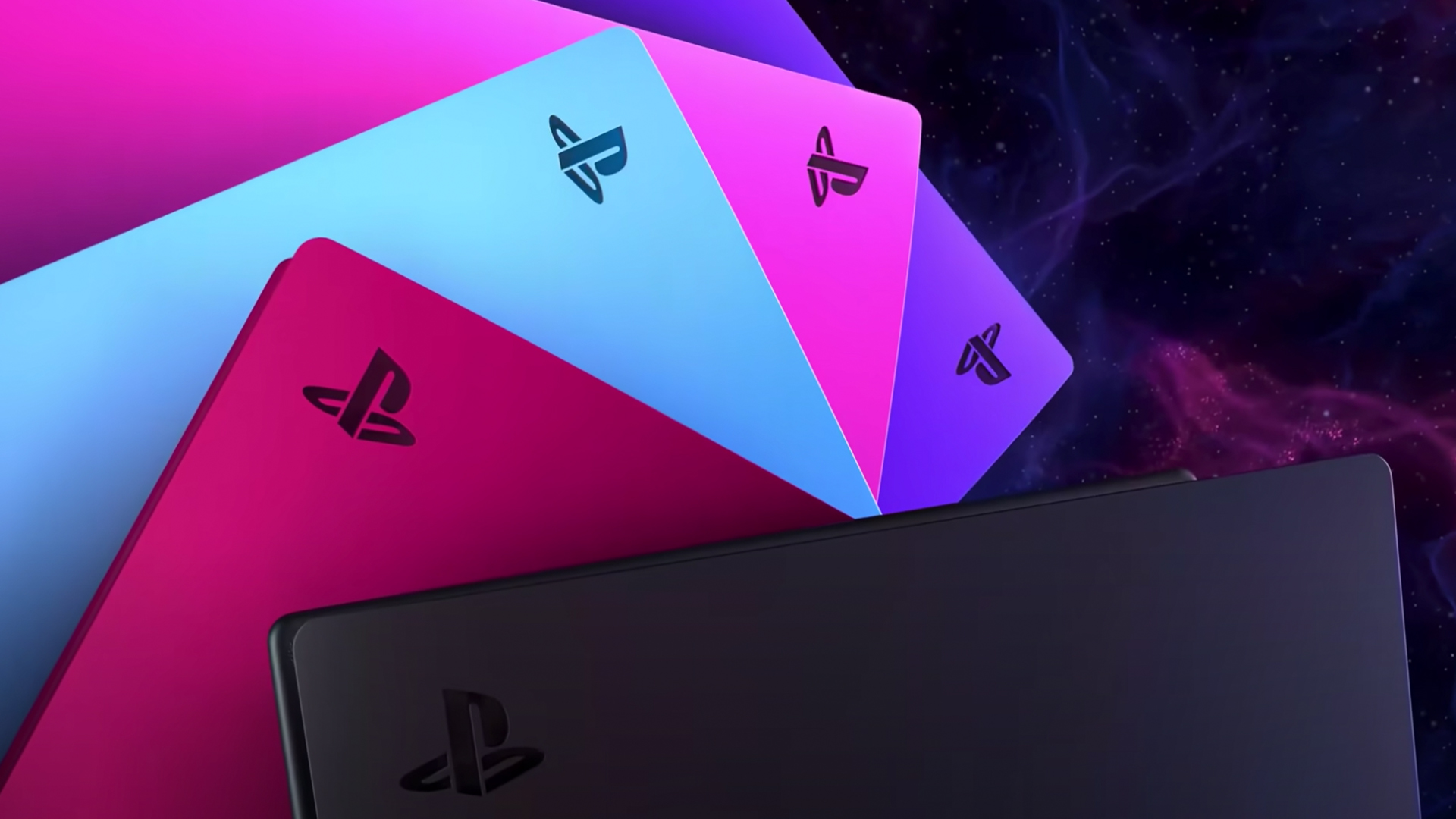“PS5, PS5 Slim, or PS5 Pro: Which Console Is the Ultimate Choice for You?”

Can you spot the differences between these three PlayStation consoles? No? No problem, we’ll explain.

The PlayStation 5 was arguably one of Sony’s most controversial designs. After a few years, I have to admit that I’m starting to like it. The only downside is its gigantic size, which made the PS5 Slim a welcome redesign. The PS5 Pro improves the design and adds some hardware upgrades . If you’re not sure which model is right for you, we’ve got some ideas for you.
Unlike previous mid-cycle refreshes like the PS4 Pro , the PS5 Slim is more of a replacement than an addition to the lineup. When the original runs out of stock, you’ll only be able to find the Slim. The Slim model doesn’t upgrade any of the core specs like the processor or RAM, though it does include a bit more storage – the original PS5 came with 825GB of internal storage, while the PS5 Slim ups that to 1TB.
The PS5 Pro, meanwhile, is more in line with what you’d expect from a mid-cycle refresh. It features significant processing improvements, 2TB of internal storage, and a price tag to match. At $700, the surprise is real. Let’s look at the details.
PS5 Slim: A space-saving successor
The biggest difference between the PS5 and PS5 Slim is size . The original PS5 was an absolute beast, easily one of the largest consoles ever. The PS5 Slim is 30% smaller in volume than its bigger sibling, and like the original, the screen-less versions take up even less space. Here are the dimensions of all four models:
| Model | High | Depth | Broad |
|---|---|---|---|
| PS5 (disc) | 390 mm | 260 mm | 104 mm |
| PS5 (digital) | 390 mm | 260 mm | 92 mm |
| PS5 Slim (disc) | 358 mm | 216 mm | 96 mm |
| PS5 Slim (digital) | 358 mm | 216 mm | 80 mm |
You can see a comparison of the four sizes here , and rotate the models in 3D space to get a sense of the difference. The reduction in size is significant, and your entertainment unit will appreciate the extra space – though it’s worth noting that even the Slim models are still substantially larger than, say, the Xbox Series X/S Console.

The only difference between the PS5 and PS5 Slim is the price . The disc models of both cost $500, so there’s no difference. Meanwhile, the disc-less digital edition is more expensive at $450, compared to $400 for the comparable PS5 model.
However, if you think you’ll ever want a disc drive in your PS5, it’s worth getting one beforehand. The PS5 Slim has a detachable drive design, and you can buy the disc drive separately, but it sells for $80 new, so unless you can get a used one for under $50, you’re better off getting the disc version.
The disc drive makes the PS5 Slim even more tilted than the original, meaning it won’t stand horizontally on its own without a stand. Support comes in the form of two clear plastic legs that snap between the panels on the bottom of the console. The vertical stand has to be purchased separately and costs $30, which is annoying, but it is possible to keep it upright without the stand. It’s easier for it to fall over, so if you have cats, get the stand.
PS5 Pro: More money, more power

The PS5 Pro is officially launching on November 7, 2024, which may be enough time to scrape together all the pennies you need for this monster. Pre-orders began on the PS Direct site on September 26.
The $700 price tag for the PS5 Pro includes the disc-less version of the console. If you want the disc drive, you’ll have to buy it separately for $80. Unlike the new Slim model, there’s no option to buy the console with the disc drive included to save money.
In exchange for the high price and the lack of a disc drive, the console’s power has increased considerably. Sony has focused on three major areas of improvement:
- A more powerful GPU. According to Sony, the new GPU has 67% more compute units (basically, discrete computing cores inside the GPU) and 28% faster memory. This means that your games should render frames much faster.
- Better ray tracing capabilities. Real-time ray tracing is something of a holy grail for graphical fidelity. It means games can simulate how real-life light rays work for perfectly accurate lighting, reflections, and shadows. It’s also computationally expensive, which is why your PS5 occasionally gets like an oven. The PS5 Pro relies on new AMD-specific ray tracing features—which haven’t yet arrived on most AMD graphics cards—to project rays at two to three times the speed of the original PS5.
- AI-powered upscaling. Calculating every single pixel in every frame of a game is computationally intensive, but AI upscaling can reduce that cost. PS5 Pro features PlayStation’s new Spectral Super Resolution, which allows the game engine to calculate lower-resolution versions of frames and then apply the upscaling technique to produce sharper, clearer images without the need for much additional processing.
All of these improvements are in service of a specific goal Sony had in mind for PS5 Pro: to stop forcing gamers to choose between higher-quality graphics and higher frame rates.
These days, many high-end games can use either “Fidelity” mode, which prioritizes sharper, more detailed graphics, or “Performance” mode, which prioritizes higher frame rates and smoother gameplay. Sony says the PS5 Pro will let gamers not have to choose and get the best of both worlds. Highly detailed graphics, with all the frames your display can handle.
Physically, the PS5 Pro is a midpoint between the original PS5 and the Slim. It’s the same height as the original PS5, or just as wide when you lay it on its side, while it’s slightly narrower, roughly the same width as the PS5 Slim. It also has a 2TB storage drive, versus the PS5 Slim’s 1TB solid-state drive.
Which PS5 is best for you?
When there was only one PS5 model, the only deciding factor was whether you wanted to play the console’s exclusive games. Even the PS5 Slim didn’t make that choice any harder, because there was no reason to upgrade from the existing model and very few reasons (or opportunities) to buy the original once the Slim arrived. With the arrival of the PS5 Pro, that choice gets tougher.

If you already own an original PS5 or PS5 Slim, there’s very little reason to upgrade—unless you’re one of those people who likes to squeeze every last pixel out of their console. It might seem appealing to get all the benefits of Fidelity and Performance modes at once, but most games run just fine with better graphics or higher frame rates. We haven’t tried the PS5 Pro yet, but I’ve played enough games on the PS5 to know that it’s already a great experience.
If you don’t already own a PS5, though , you’ll need to shell out around $500 to pick up the console. An extra $200 is still a pretty steep premium, but it can be a good safeguard for the future. Sony has confirmed that the PS5 lineup is in the “late phase of its lifecycle,” and given Sony’s console timeline, we could see the PlayStation 6 in 2027 or 2028. From that perspective, paying a couple hundred dollars more to avoid being saddled with a console that’s launching in 2020 might be worth it.




